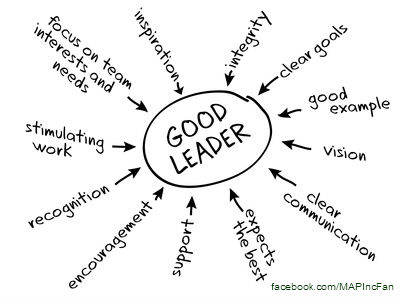
Last fall I attended a community forum on the topic of girls and leadership. My jaw about fell to the floor when the presenters shared statistics and anecdotes indicating that many girls do not see themselves as current or future leaders. When I witness the acts of leadership and the high potential among my daughter and her peers, this blows my mind. How do our youth not recognize their own leadership ability?
I have the privilege of working regularly with a group of young women to facilitate their leadership development. Although we spend time giggling over Instagram photos and talking about show choir and sports, the drive and compassion in these teenagers never ceases to amaze me. They prepare and serve meals to families in need, make bedding and treats for the local animal shelter, teach younger children new skills, and continuously display leadership in ways more profound than many people three times their age.
They’re also very attuned to the inequities of the world. We recently watched Malala’s interview with Jon Stewart (click here to see the 6-minute video) and discussed how girls in some parts of the world are denied what we consider basic freedoms, like education or choosing your own clothing. And closer to home, although slowly improving, how women earn $.77 to every man’s $1 for equal work (Institute For Women’s Policy Research, 2012).
So my leadership partner and I asked them to describe a girl’s perfect world. A couple comments made us smile – “Girls wouldn’t be scared of centipedes,” for instance. 😉 But the collective wisdom of these teens can simultaneously break your heart and point to a hopeful future. They envision – and want to help create – a world where:
* Everyone is treated with equal kindness and respect.
* Human trafficking does not exist.
* Girls don’t feel the need to remove their clothes or act against their values to gain attention – nor do their role models.
* Girls everywhere attend school.
* Women and men earn the same wages for the same work.
* Women lead more countries.
* Girls are taken seriously.
* Girls are heard.
Talk about humbling. And inspiring.
I also see this as a clarion call to adults. We need to acknowledge, nurture, and develop the skills and abilities of our most precious resource – our children, our future leaders. (Boys also face a number of challenges and display incredible leadership, of course, which I’ll write about in an upcoming post. In the meantime, I encourage you to read Rosalind Wiseman’s fantastic book, Masterminds & Wingmen.) A few simple ways to start helping girls change the world:
* Point out a girl’s greatness. If you see an athlete respectfully listening to her basketball coach while others are not, or you notice a child helping another student on the playground, tell them how that demonstrates great leadership. As Stephen Covey wrote, most people think of leadership as a position and therefore don’t see themselves as leaders. They need verbal reminders.
* Talk about leaders. Ask your children, classroom, or youth group whom they consider leaders and why. Share your own examples, taking care to include leaders of both genders and various backgrounds. While you may hear many well-known names, incorporate those from your local community, too: teachers, volunteers, the friendly cashier at the gas station who makes everyone feel welcome and appreciated, the owner of the local cafe who gives free coffee to homeless people.
* Emphasize everyday leadership. Move away from the notion that leadership is something we do when engaged in certain roles and embrace it instead as a way of life. Mother Teresa was an extraordinary example of leadership, showing compassion and care to everyone she encountered – not just those she saw “during the workday.”
Perhaps most importantly, take on the mantle of leadership yourself. A significant number of adults also don’t recognize their own leadership potential; I urge you not to wait for someone else to point it out to you. Serve as a leadership role model for everyone around you. Periodically mention to children that you’re taking an action – whether it’s voting in an election, bringing a meal to a housebound neighbor, or running for the Board of Education – because you feel that’s what a strong leader does. You’ll remind them that leadership is action, not position, and that each of us can make a difference – whomever and wherever we are.
How else can we support our girls’ and children’s leadership development? Share your ideas below, on our Facebook page, or via Twitter.
Dr. Christi Hegstad helps you successfully do what you love! As President of MAP Professional Development Inc., she coaches executives and leaders who feel stuck – whether in their leadership abilities, at a certain income level, or “spinning their wheels” in the day-to-day – to flourish towards their vision with clarity, confidence, and meaningful action.
Learn more at www.meaning-and-purpose.com, on Facebook, and via Twitter.





